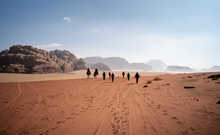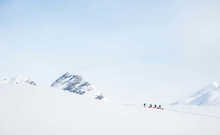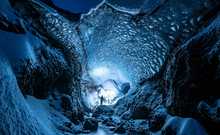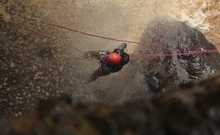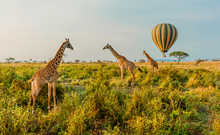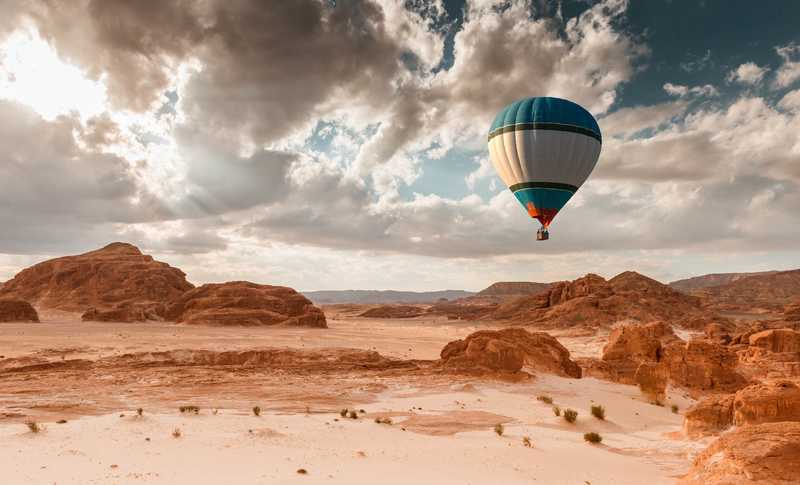
United Arab Emirates
Trip code: AEAW
- Take to the skies in a glorious hot air balloon ride over the desert
- Embark on a thrilling off-roading adventure in a vintage landrover
- Relax in an evening desert oasis, sampling local foods and culture
- Climb to dizzying heights At The Top of the Burj Khalifa
